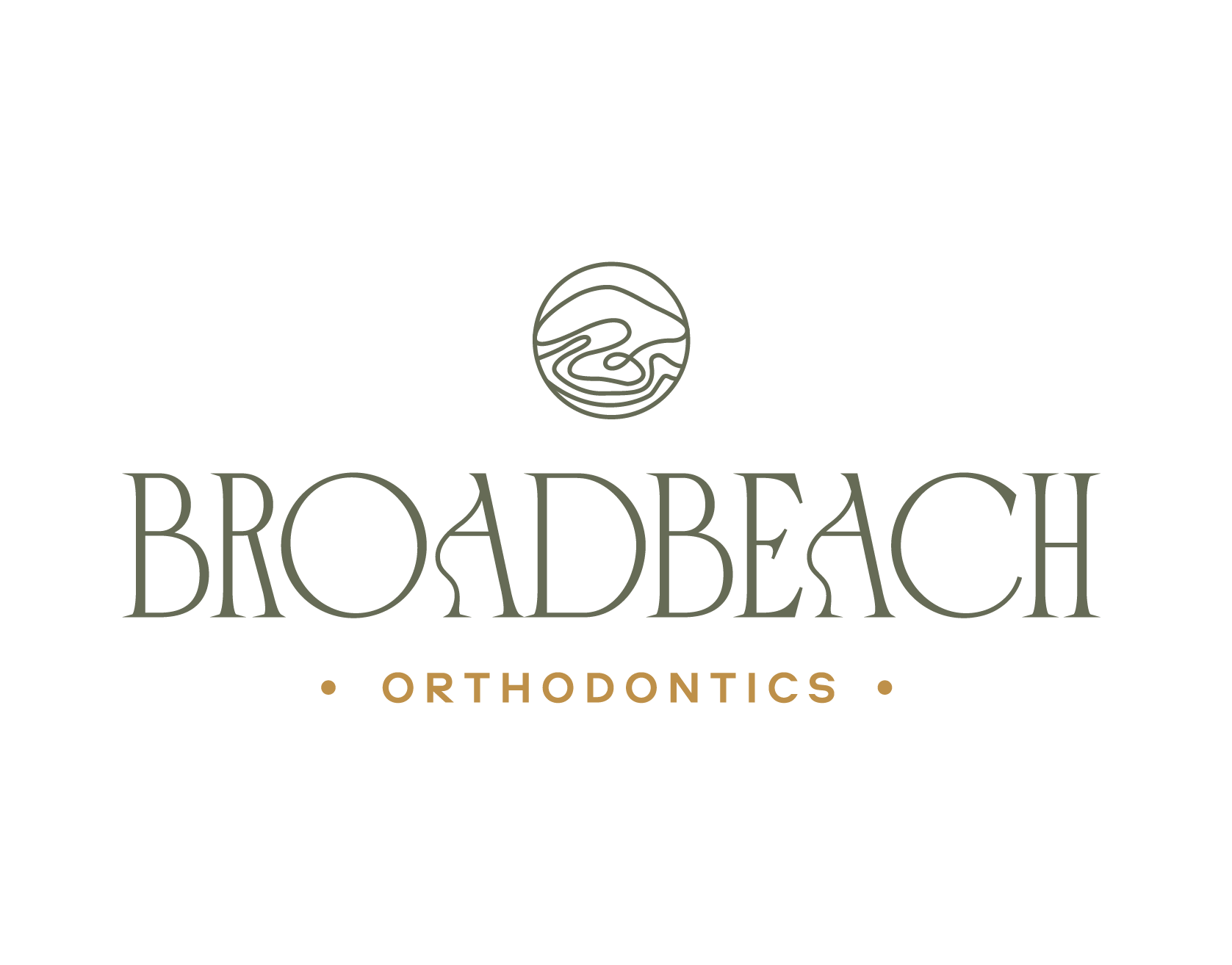Here are some key signs that indicate it’s time to replace your orthodontic retainer:
1. Fit is No Longer Snug
- Tightness or looseness: If the retainer feels too tight or too loose, it’s not holding your teeth in the correct position.
- Teeth shifting: If you notice minor movement or shifting in your teeth, your retainer may no longer be effective.
2. Visible Damage
- Cracks: Clear retainers (like Essix or Vivera) are prone to cracking over time. Even small cracks can reduce their effectiveness.
- Broken parts: Metal retainers (Hawley) can experience bent or broken wires, which makes them less functional.
- Warping: Clear plastic retainers may become distorted from chewing, grinding, or exposure to heat.
3. Discomfort
- Pain or irritation: If the retainer starts causing pain, rubbing, or irritation, especially after long use, it’s a sign that it doesn’t fit properly anymore.
- Difficulty wearing it: If it becomes difficult to insert or remove the retainer, it may have changed shape.
4. Wear and Tear
- Discolouration: Over time, retainers can become stained from food, drinks, or improper cleaning. Stubborn discolouration that doesn’t go away with cleaning is a sign it may need replacement.
- Plaque and tartar build-up: If plaque and tartar accumulate on the retainer, and cleaning doesn’t remove it, the material may be worn out.
5. Odour or Hygiene Issues
- Persistent bad odour: If your retainer smells bad despite regular cleaning, this is a sign of bacterial build-up and a reason to replace it.
- Difficulty cleaning: If it becomes increasingly hard to keep your retainer clean, its material may be degrading.
6. Age of the Retainer
- Routine replacement: Clear retainers usually need to be replaced every 1-3 years, while Hawley retainers can last 5-10 years. Even if your retainer still fits, it’s good to check with your orthodontist if it’s older than this timeframe.
7. Regular Dental Check-Ups
- During your regular check-ups, your orthodontist may advise you to replace the retainer based on wear or changes in your bite.
Keeping an eye on these factors will help you ensure your retainer continues to keep your teeth in alignment!





